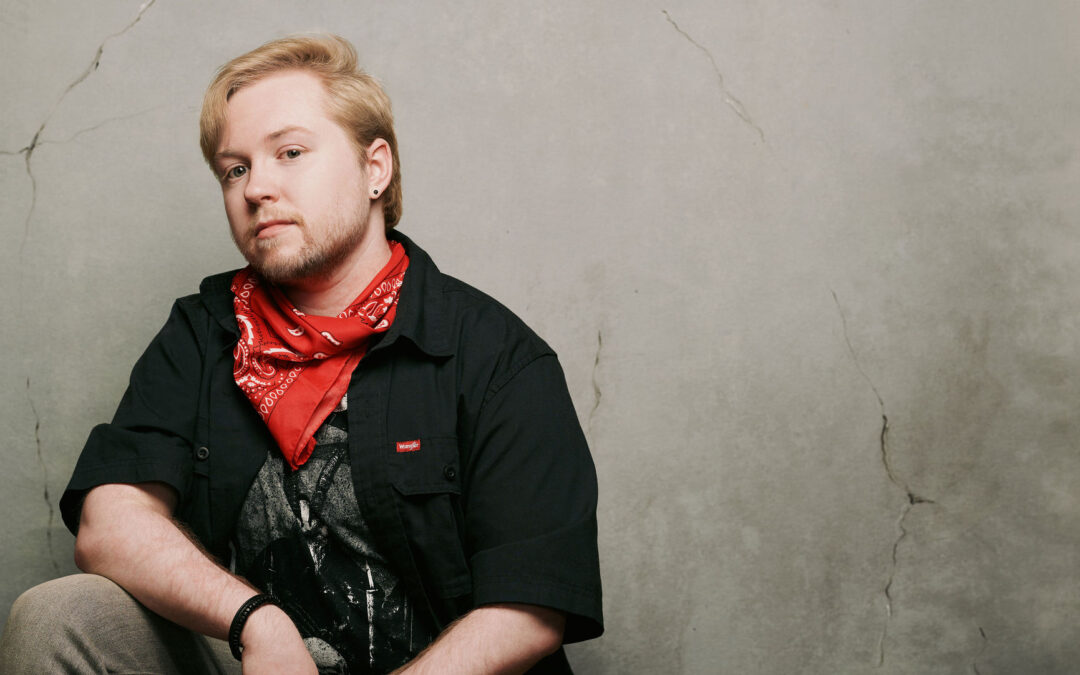
by Michele Kirichanskaya | Jun 24, 2025 | Blog
Andrew Joseph White is the trans, autistic, and bestselling author of Hell Followed With Us, The Spirit Bares Its Teeth, Compound Fracture, and more. His work focuses on the intersection of transgender and autistic identity through the lens of horror, monstrosity,...
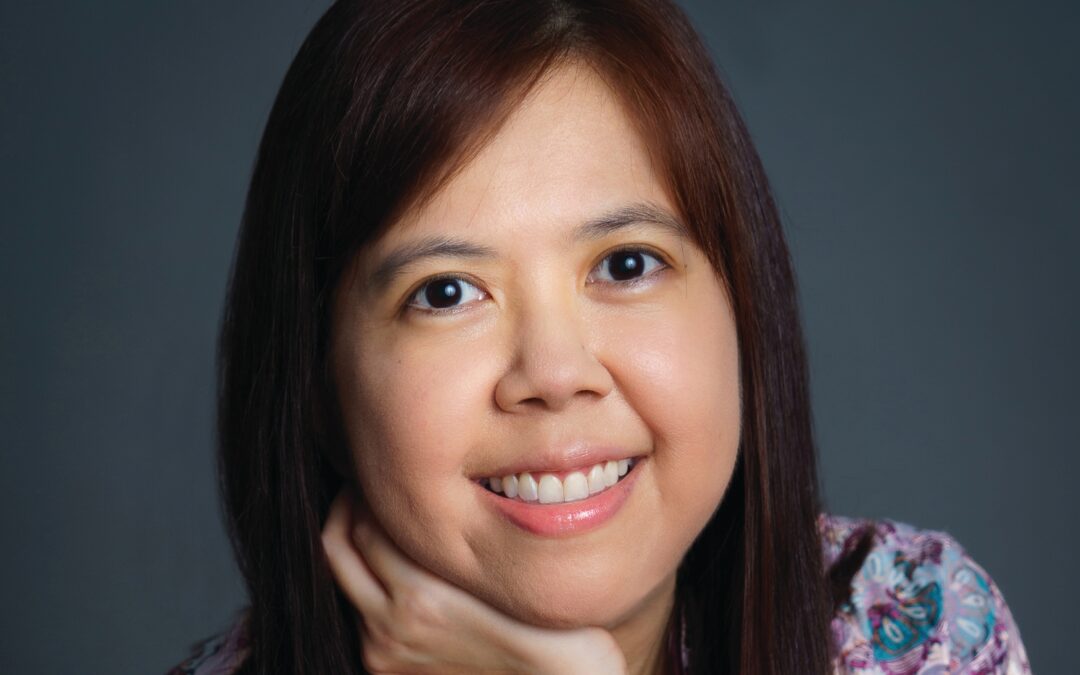
by Michele Kirichanskaya | May 8, 2025 | Blog
Sher Lee writes young adult novels with Asian characters. She lives in Singapore and has an abiding love for local street food (including an incredible weakness for xiao long bao). She has two adorable corgis, Clover and Spade. Find her on Instagram @sherleeauthor. I...
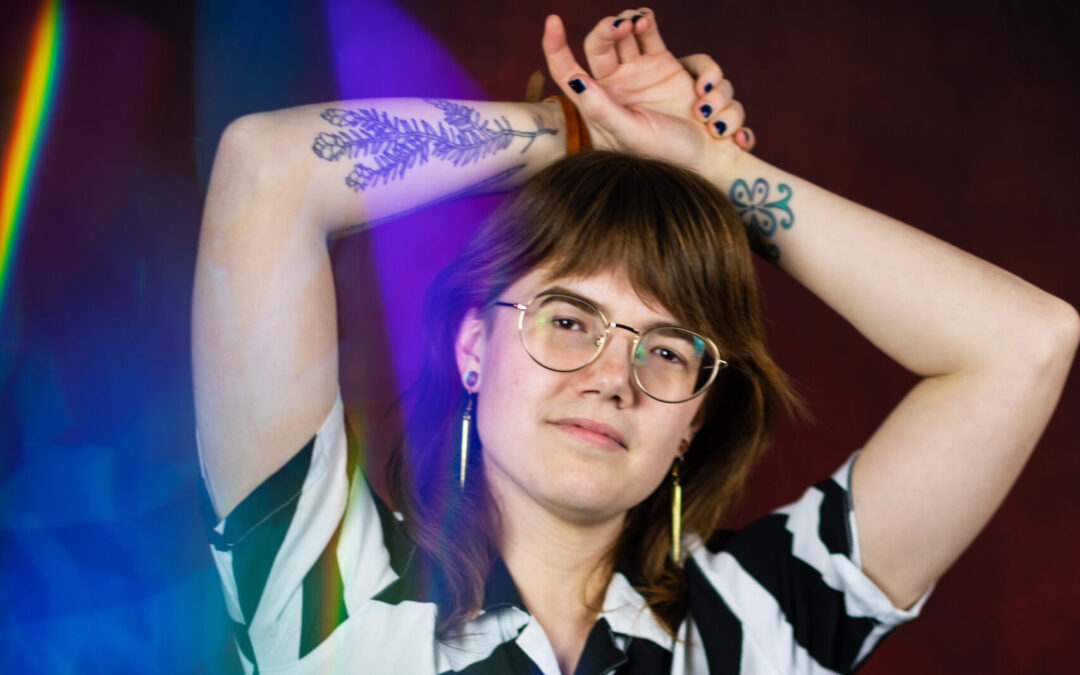
by Michele Kirichanskaya | Mar 14, 2025 | Blog
Ray Stoeve is the author of the young adult novel Between Perfect and Real, which received a starred review and was a 2021 Junior Library Guild Gold Standard Selection, and Arden Grey. They also contributed to the young adult anthology Take the Mic:...
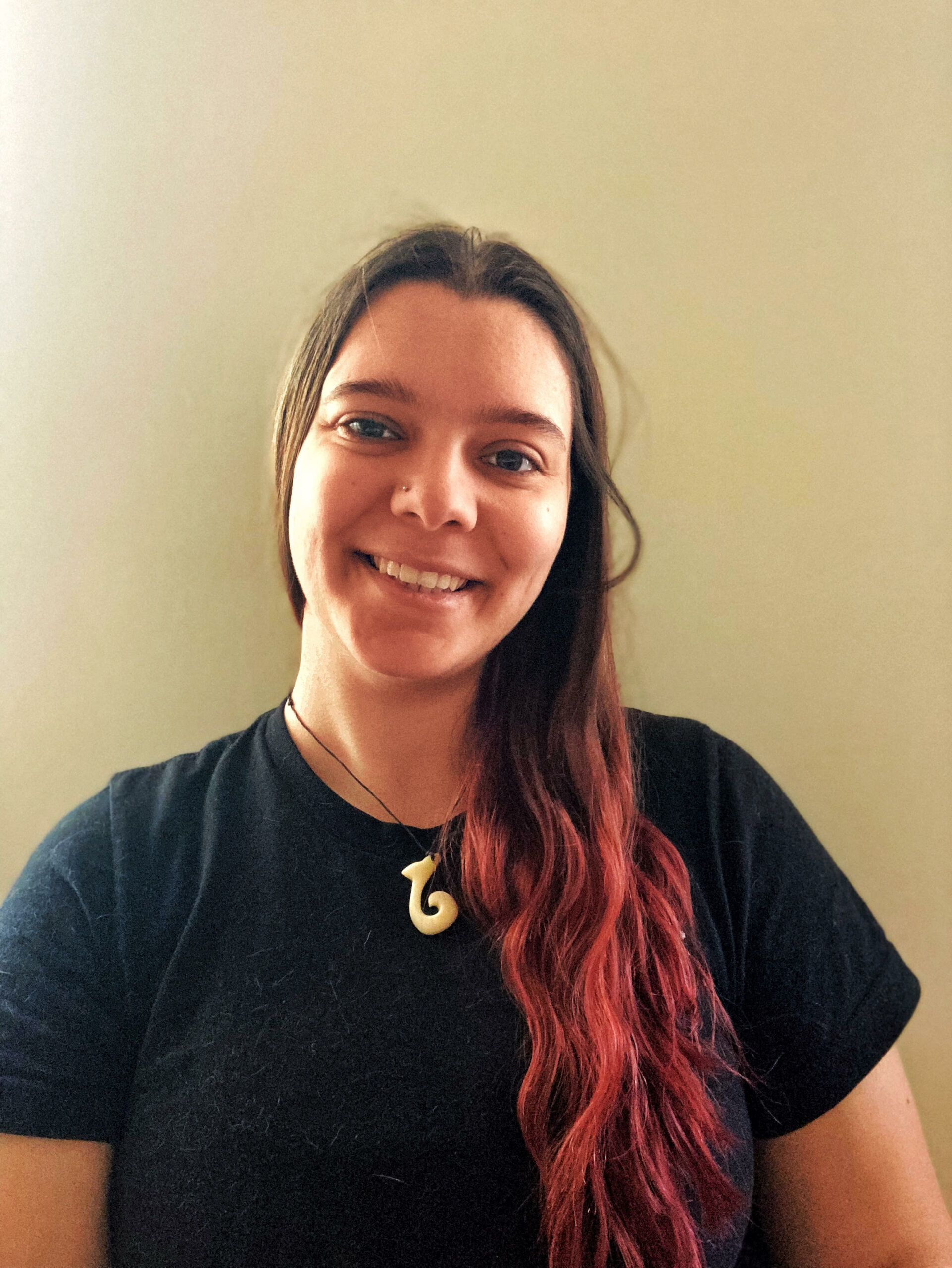
by Michele Kirichanskaya | Feb 14, 2025 | Blog
Ashley Wilda has an MFA in Creative Writing for Children and Young Adults from the Vermont College of Fine Arts. In addition to writing, she loves painting, making ceramics, playing music, rock climbing, and hiking with her husband, Ethan, and rescue pup, Phoenix. I...
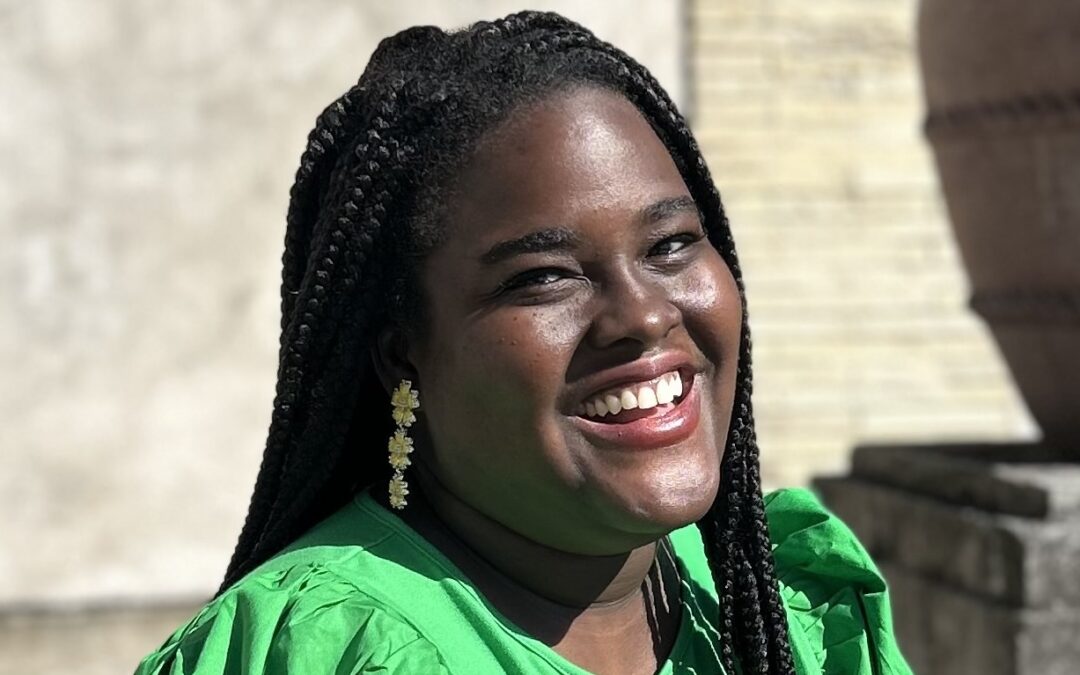
by Michele Kirichanskaya | Feb 12, 2025 | Blog
Kamilah Cole is a national bestselling, Dragon Award-nominated Jamaican-American author. She worked as a writer and entertainment editor at Bustle for four years, and her nonfiction has appeared in Marie Claire and Seventeen. A graduate of New York University, Kamilah...






